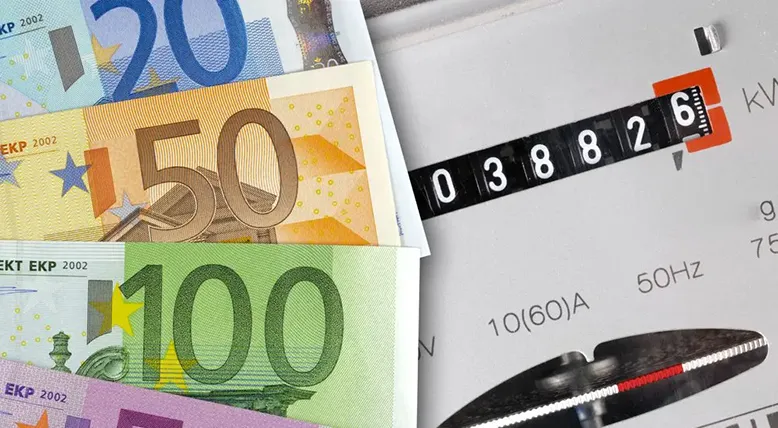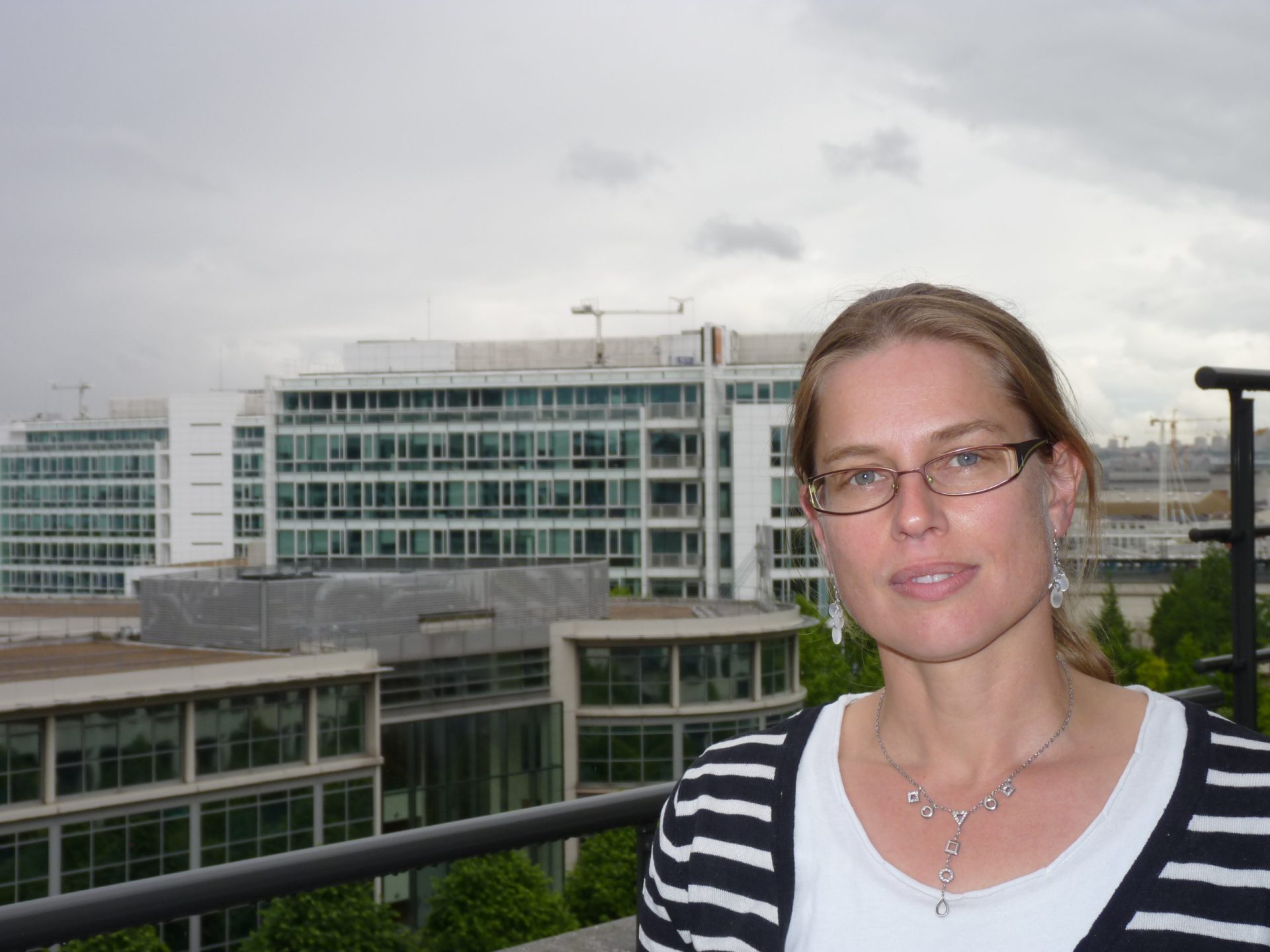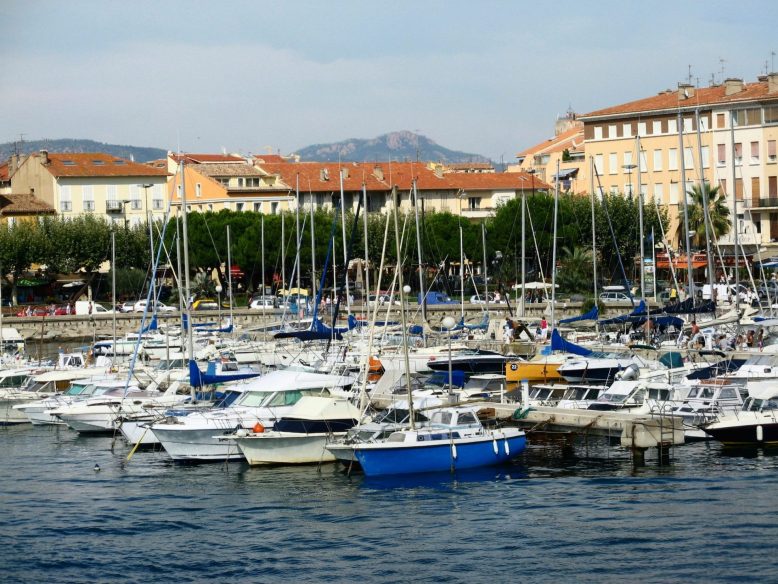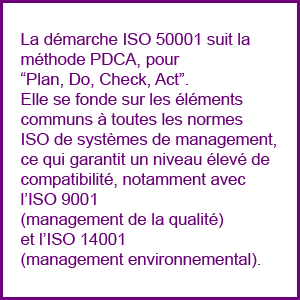Local authorities: why not try ISO 50001?

Committing to ISO 50001 certification means optimizing energy use within a framework of responsible management. And that means savings. Local authorities have been slow to commit, but the story is just beginning, as in the case of Tours recently. Contents:

Interview with the expert |

The example of Tours |

The example of Saint-Raphaël |

Key figures |
Local authorities: what if you tried ISO 50001?
ISO 50001 certification recognizes organizations that apply an energy management system based on the voluntary international standard of the same name, published in 2011. This voluntary approach, promoted by AFNOR and one of the components of its AFNOR Energies offer, aims to achieve continuous improvement in energy performance. It requires diagnostics, monitoring tools, innovative renovation or design initiatives, the acquisition of high-performance equipment, and the training and empowerment of personnel in energy management. The idea is to prove yourself, by obtaining certification, and to maintain the momentum to stay on course.
ISO 50001 is aimed at all types of structure: private, public, industrial, tertiary, local authorities… But the latter are still timid. The scarcity of references testifies to this: in France, the only certified sites are the town of Saint-Raphaël (2012, read here), and the town of Tours and its surrounding area(read here). And worldwide, the latest ISO census (2015) shows just 20 certified “public administration ” structures. ” Industry, which is more accustomed to handling standards of this type (ISO 9001, ISO 14001), has shown itself to be more receptive. You have to be able to carry out actions while being a driving force over the long term. It’s also a question of organization “Béatrice Poirier, Product Manager at AFNOR Certification, who is keen to hear about any new local authorities making a commitment(read her full interview here).
(2012, read here), and the town of Tours and its surrounding area(read here). And worldwide, the latest ISO census (2015) shows just 20 certified “public administration ” structures. ” Industry, which is more accustomed to handling standards of this type (ISO 9001, ISO 14001), has shown itself to be more receptive. You have to be able to carry out actions while being a driving force over the long term. It’s also a question of organization “Béatrice Poirier, Product Manager at AFNOR Certification, who is keen to hear about any new local authorities making a commitment(read her full interview here).
After all, the potential exists in local authority assets: excluding payroll costs, energy accounts for an average of 10% of a local authority’s expenditure! In short, for a town hall, department or region, ISO 50001 certification isn’t just a pretty face in the sustainable development report; it’s a real lever for savings and skills enhancement, which will cleverly feed into a “lower bill = lower local taxes” communication campaign.
Wastewater treatment plant, school, sports or cultural center, public lighting… All these facilities consume kilowatt-hours in a sometimes unreasonable way. The first savings are “easy” to find, such as insulating a building, acquiring an efficient boiler, replacing windows or using LEDs for lighting, but it’s over time that the action becomes more complex and gains in finesse: for example, the lorry drivers of the town of Saint-Raphaël have just completed an eco-driving course.
A perimeter to be defined
Although they have not yet obtained certification at municipal level, other local authorities have nevertheless committed to the process, albeit on a limited scale. For example, the Alsatian town of Illkirch-Graffenstaden obtained ISO 50001 certification for the energy management system of a nursery school and a school complex, in July 2014. ” Thanks to the action plan, their energy consumption has been cut by around a quarter ,” says Marc Hoffsess, from the Sustainable Development and New Technologies department. Florence Huc, project manager at ADEME Alsace, supported the town via the Energivie.info program, run by the agency and the Grand-Est region: “The town was able to take part in the Energivie.info program. We have carried out two successive operations since 2013, one with AFNOR, the other with the CCI d’Alsace, and supported around twenty structures in the ISO 50001 approach. Support included technical and managerial training, as well as financial assistance for carrying out an energy review and defining an action plan, all for 50% to 60% of the cost. “she explains.
In the same region, the University of Haute-Alsace can boast of being the first French university to hold ISO 50001 certification, since July 2014. “ The five campuses include a large number of tertiary buildings, as do the local authorities, which proves that ISO 50001 is relevant here too ,” Florence Huc points out. Elsewhere, certification helps to indirectly control the impact of the community’s activities. For example, the Syndicat intercommunal des ordures ménagères de la Vallée de Chevreuse, which covers an area of 21 communes (200,000 inhabitants) in Yvelines and Essonne, has been certified since 2013. The same applies to the incinerator of the Grand-Dijon agglomeration (2014, by AFNOR Certification). Finally, Saur, the delegated operator of the water service in La Ferté-Bernard (72), has been so since mid-October.
Commitment and collective organization
Like the organization Saint-Raphaël has set up(read here), the energy consultant required by the standard is rarely alone in leading the ISO 50001 process. It relies on a multi-disciplinary team to activate all possible levers: energy purchasing and bill analysis, maintenance, works, acquisition of measurement tools, and so on. For Nicolas Garnier, Managing Director of Amorce, France’s leading network for sharing experience and supporting local authorities in energy and environmental matters, ” as budgets are not extensible, action must be organized with a view to maximum efficiency, and a results-oriented culture must prevail. Energy management systems are a step in this direction “. Compared with other existing systems, such as the Cit’ergie label (launched in 2007 as the French version of the European Energy Award and supported by ADEME), ” the ISO 50001 standard imposes much stricter formalities and procedures on what has been agreed,” explains Fabien Moudileno, in charge of territorial energy planning at Amorce. On the other hand, it is much more flexible in terms of the scope of certification. “
Des programmes de soutien
C’est une autre forme d’excellence qu’Amorce soutient en étant, avec le cabinet Michaël Toma Partenaires Ingénierie, le relais du programme européen 50000&1 SEAPs, qui aide les collectivités à intégrer des systèmes de management de l’énergie ISO 50001 dans leurs plans climat. C’est grâce à l’appui de ce programme que Tours a engagé son processus de certification (lire ici). La ville de Lorient (Morbihan) est en passe de lui emboîter le pas, tout comme la communauté d’agglomération du Muretain, au sud de Toulouse.
Autre initiative destinée à accélérer le déploiement de la norme, le programme  PRO-SMEn lancé en septembre 2016 et porté par l’Association technique énergie environnement (ATEE), est un programme national qui s’inscrit dans le cadre du dispositif des certificats d’économies d’énergie. Financé à son démarrage par EDF (mais tous les obligés sont susceptibles d’y contribuer), il prévoit d’attribuer une subvention aux structures certifiées ISO 50001 à une date postérieure au 30 septembre 2016. Bien que la moitié des fonds soit réservée à quatre filières industrielles prioritaires, il est en théorie ouvert à tout type d’organisation, y compris les collectivités locales.
PRO-SMEn lancé en septembre 2016 et porté par l’Association technique énergie environnement (ATEE), est un programme national qui s’inscrit dans le cadre du dispositif des certificats d’économies d’énergie. Financé à son démarrage par EDF (mais tous les obligés sont susceptibles d’y contribuer), il prévoit d’attribuer une subvention aux structures certifiées ISO 50001 à une date postérieure au 30 septembre 2016. Bien que la moitié des fonds soit réservée à quatre filières industrielles prioritaires, il est en théorie ouvert à tout type d’organisation, y compris les collectivités locales.
Mais l’horizon semble se dégager : preuve que la norme ISO 50001 sort peu à peu du cercle industriel privé, le centre hospitalier universitaire de Poitiers a vu ses efforts reconnus en avril 2016 et la chaîne de télévision publique Arte, dont le siège est situé à Strasbourg, table sur une certification début 2017.
The figures

Percentage of certified employees who recommend ISO 50001
source: AFNOR, 2015 survey of 78 certified organizations

Public administrations certified to ISO 50001 worldwide, out of a total of 11,985 organizations holding the certificate (including 500 in France)
source: ISO Survey 2015
3 questions to Béatrice Poirier, ISO 50001 Product Manager, Afnor certification
Why should a local authority seek ISO 50001 certification?
Certification is the crowning achievement of an approach, enabling communication on a commitment to improving energy performance and on the actions undertaken. It’s also a way of recognizing the work accomplished by the community’s energy team. It is essential to maintain momentum, perpetuate best practices and move forward. The ISO 50001 certification auditor provides an external, objective and non-indulgent expert viewpoint, helping the local authority to move forward with its energy management system.
How does the procedure work?
AFNOR Certification signs a three-year contract with the local authority. We commission an auditor to carry out an initial audit. Through interviews, the auditor verifies that the local authority has implemented an action plan and organization to improve energy performance, in line with ISO 50001 requirements. A certain number of actions must have been implemented: an inventory of energy sources, consumption and usage; identification of the most energy-intensive items and those with the greatest potential for savings; a measurement plan, improvement targets and performance indicators.
How is the process monitored?
Every year, we carry out a surveillance audit. The aim is twofold: firstly, to check that the energy management system is in place and that the approach is developing; secondly, to analyze the results in relation to the action plan to which the local authority has committed itself. At the end of the three-year contract, a new audit may or may not renew ISO 50001 certification. For example, the town of Saint-Raphaël, a pioneer in this field, had its certification renewed in February 2016, for a further three years.
Saint-Raphaël: three more years of ISO 50001 certification
 Saint-Raphaël (Var, pop. 34,000) is the first French town to achieve ISO 50001 certification. Awarded in 2012, it was renewed in early 2016. This approach is part of a global energy strategy that has been in place for over fifteen years. In 2007, for example, the commune was the first in the Var region to receive funding from energy saving certificates for thermal insulation work on buildings and the renovation of public lighting. Between 2006 and 2011, the energy bills of 200 municipal buildings had already been cut by 11.4%, thanks to work and optimized management. For Denis Boyé, Deputy Director General of Services and leader of the ISO 50001 initiative, “certification has enabled us to accelerate the municipality’s aggressive energy strategy “.
Saint-Raphaël (Var, pop. 34,000) is the first French town to achieve ISO 50001 certification. Awarded in 2012, it was renewed in early 2016. This approach is part of a global energy strategy that has been in place for over fifteen years. In 2007, for example, the commune was the first in the Var region to receive funding from energy saving certificates for thermal insulation work on buildings and the renovation of public lighting. Between 2006 and 2011, the energy bills of 200 municipal buildings had already been cut by 11.4%, thanks to work and optimized management. For Denis Boyé, Deputy Director General of Services and leader of the ISO 50001 initiative, “certification has enabled us to accelerate the municipality’s aggressive energy strategy “.
Six infrastructures, accounting for 70% of the energy bill, make up the scope of the certification: town hall, cultural center, convention center, nautical stadium, sports hall and public lighting, plus, since the 2016 renewal, the automotive fleet. ” ISO 50001 has enabled us to structure and organize our actions. The recruitment of a flow economist was fundamental, as he scrutinized over 500 energy contracts that we had for our buildings! “says Denis Boyé. A network of seven energy advisors, drawn from the various departments of the city, supports the approach among the 200 or so municipal employees concerned. ” A real sense of emulation was born, with a notion of a challenge to be met,” sums up Denis Boyé, for whom success is based on three pillars: a long-standing communal commitment, a responsive and responsible pilot team (” anti-meetingitis”) and a cross-functional working approach. ” The economic environment for local authorities today is highly constrained, and there is a real interest in committing to such an energy management system ,” he continues. What are the benefits for Raphaël residents? ” Public facilities have been made more comfortable, and the savings made have been reinvested in the continuation of the action plan. The annual report highlights the dynamics of quality management of public funds “Denis Boyé concludes.
Tours and Tour(s)Plus, certified winners of the year
 The city of Tours and its Tour(s)Plus agglomeration community, made up of 22 communes, received ISO 50001 certification in June 2016, following an audit conducted by AFNOR Certification.
The city of Tours and its Tour(s)Plus agglomeration community, made up of 22 communes, received ISO 50001 certification in June 2016, following an audit conducted by AFNOR Certification.
It covers the energy management of ten municipal and community buildings, as well as the water treatment plant, public lighting in Tours, and the Tour(s)Plus fleet of refuse collection trucks. Unlike Saint-Raphaël, where the dynamic is internal to the city, in Tours, the majority of communes in the urban area are pooling their resources within a ” shared energy service “. This department manages operation-maintenance contracts, oversees demand-side management work, provides assistance to the project owner, examines possible subsidy applications, etc. On behalf of its member municipalities. The ten buildings and the wastewater treatment plant account for 37% of Tour(s)Plus’s total energy consumption,” explains Camille Hulin, Tour(s)Plus’s Energy Strategy Project Manager. We have embarked on the ISO 50001 process in order to systematize our organization and energy management throughout the conurbation. All the parties involved, from management and elected representatives to field operatives, were highly committed. “The initiative is part of the broader Sustainable Energy Action Plan (SEAP) to which the community committed in 2015, aiming to exceed 40% reduction inCO2 emissions by 2030.
